Alexander M. Puckett
An explainability framework for cortical surface-based deep learning
Mar 15, 2022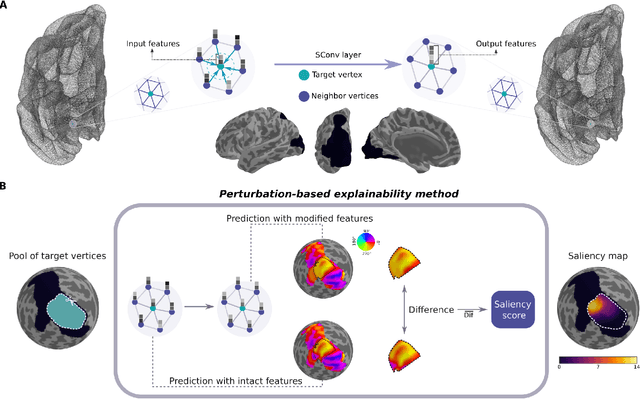
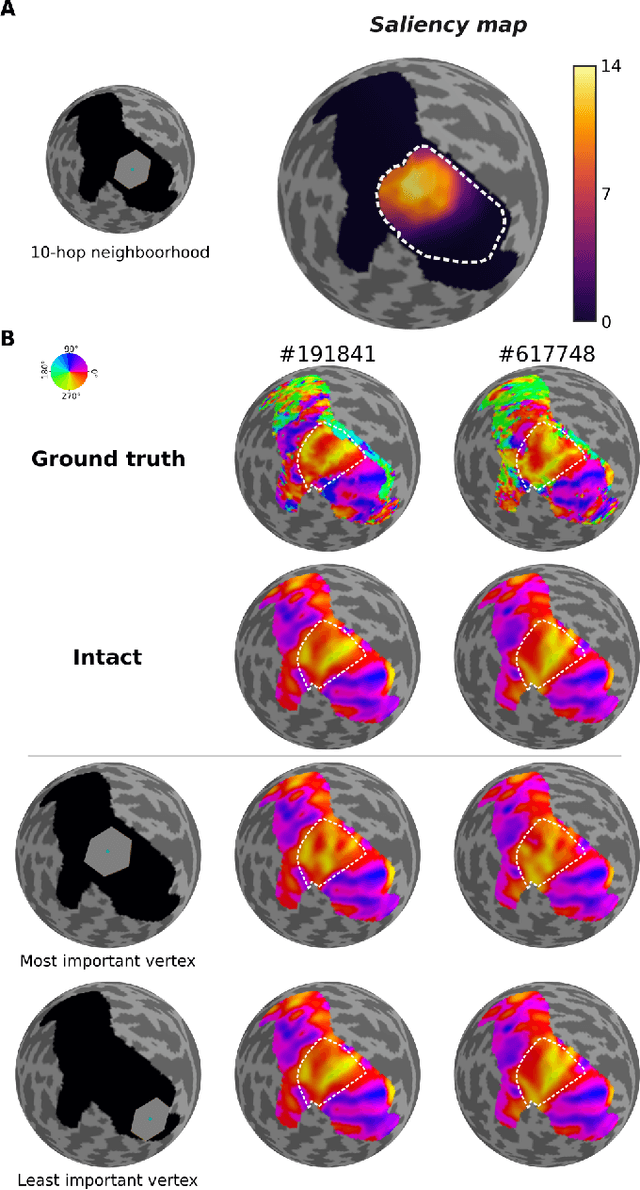
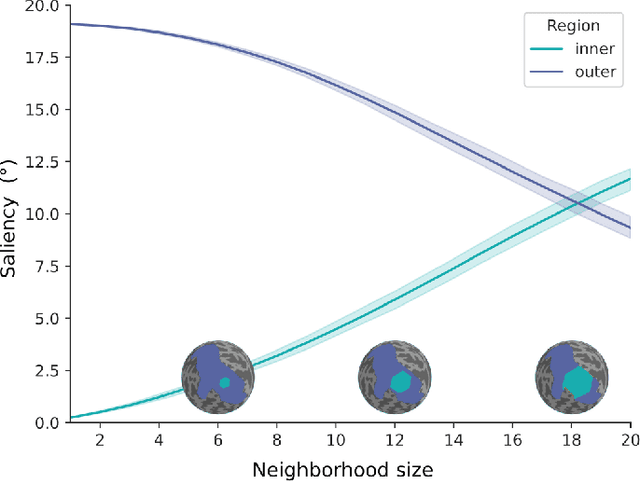
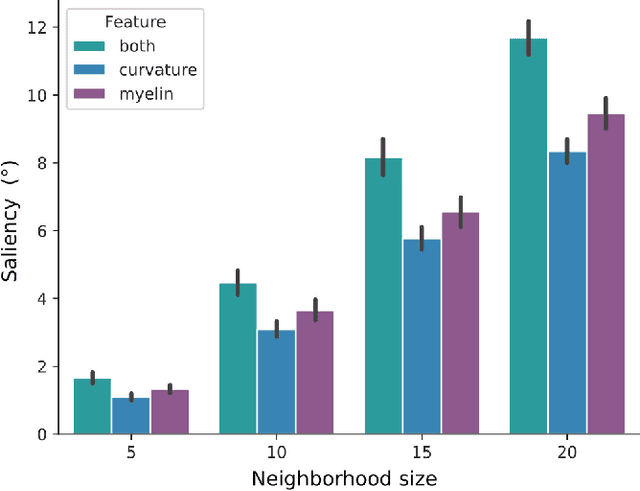
Abstract:The emergence of explainability methods has enabled a better comprehension of how deep neural networks operate through concepts that are easily understood and implemented by the end user. While most explainability methods have been designed for traditional deep learning, some have been further developed for geometric deep learning, in which data are predominantly represented as graphs. These representations are regularly derived from medical imaging data, particularly in the field of neuroimaging, in which graphs are used to represent brain structural and functional wiring patterns (brain connectomes) and cortical surface models are used to represent the anatomical structure of the brain. Although explainability techniques have been developed for identifying important vertices (brain areas) and features for graph classification, these methods are still lacking for more complex tasks, such as surface-based modality transfer (or vertex-wise regression). Here, we address the need for surface-based explainability approaches by developing a framework for cortical surface-based deep learning, providing a transparent system for modality transfer tasks. First, we adapted a perturbation-based approach for use with surface data. Then, we applied our perturbation-based method to investigate the key features and vertices used by a geometric deep learning model developed to predict brain function from anatomy directly on a cortical surface model. We show that our explainability framework is not only able to identify important features and their spatial location but that it is also reliable and valid.
DeepRetinotopy: Predicting the Functional Organization of Human Visual Cortex from Structural MRI Data using Geometric Deep Learning
May 26, 2020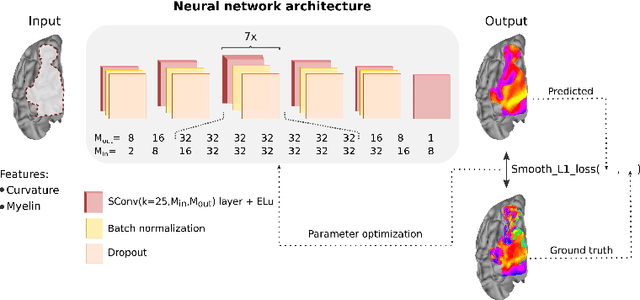
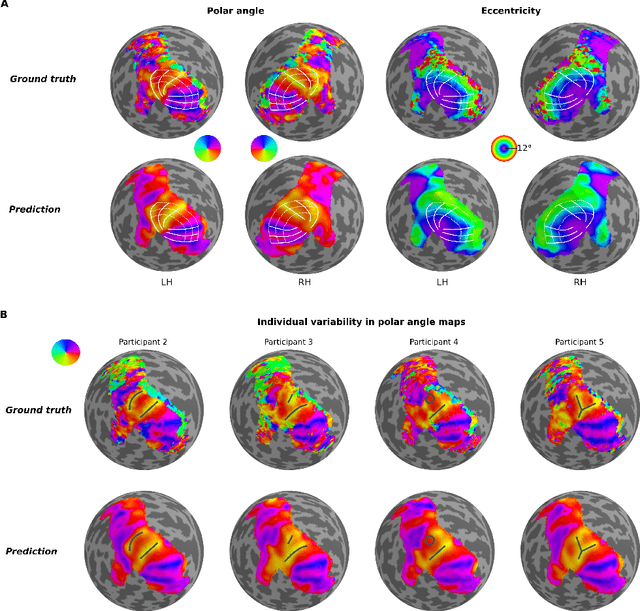
Abstract:Whether it be in a man-made machine or a biological system, form and function are often directly related. In the latter, however, this particular relationship is often unclear due to the intricate nature of biology. Here we developed a geometric deep learning model capable of exploiting the actual structure of the cortex to learn the complex relationship between brain function and anatomy from structural and functional MRI data. Our model was not only able to predict the functional organization of human visual cortex from anatomical properties alone, but it was also able to predict nuanced variations across individuals.
 Add to Chrome
Add to Chrome Add to Firefox
Add to Firefox Add to Edge
Add to Edge